 1571 - 1610
baroque
1571 - 1610
baroque
Description Caravaggio
Michelangelo Merisi da Caravaggio, a revolutionary Baroque artist, emerged from the shadows of 16th-century Italy, leaving an indelible mark on the art world. Born in 1571 in Milan, Caravaggio's life was as tumultuous as his chiaroscuro masterpieces.
Raised in an era defined by the Counter-Reformation, Caravaggio's art became a visceral response to the grandeur of the Renaissance. His early years were marked by an itinerant lifestyle, moving from city to city, honing his craft, and acquiring a reputation for both artistic brilliance and a tempestuous personality.
Caravaggio's artistic breakthrough came with his innovative use of light and shadow, creating a stark realism that startled viewers. His canvases, often populated by beggars, gamblers, and courtesans, challenged the prevailing ideals of beauty, inviting controversy and admiration in equal measure.
His tumultuous personal life mirrored the drama in his paintings. Caravaggio's propensity for brawls and altercations fueled his notoriety, adding a layer of intrigue to his artistic persona. His penchant for depicting religious scenes with a raw, unidealized intensity further divided opinion, making him both a pariah and a sought-after artist.
Commissioned works for churches and influential patrons showcased Caravaggio's ability to infuse religious narratives with a profound humanity. His unflinching portrayal of Saint Matthew in "The Calling of Saint Matthew" exemplifies this, transforming the divine into the tangible.
However, Caravaggio's success was marred by legal troubles, including accusations of murder. Fleeing from the consequences, he lived a fugitive's life, moving from Naples to Malta and finally to Sicily. Despite his tumultuous existence, Caravaggio's artistic brilliance continued to captivate.
In 1610, at the age of 38, Caravaggio's turbulent journey came to an abrupt end. The circumstances surrounding his death remain shrouded in mystery, adding a final enigmatic chapter to his tumultuous life. Caravaggio's legacy endures not only in the revolutionary techniques that defined the Baroque but also in the complex interplay between light and shadow, virtue and vice, making him a timeless and enigmatic figure in the annals of art history.
Gallery
Paintings Caravaggio
F.A.Q Section
"The Calling of Saint Matthew" (1599–1600): Depicting the moment when Jesus calls Matthew to be his disciple.
"Judith Beheading Holofernes" (1598–1599): A dramatic portrayal of the biblical story of Judith beheading the Assyrian general Holofernes.
"The Supper at Emmaus" (1601): Illustrating the moment of recognition when the disciples recognize the resurrected Christ.





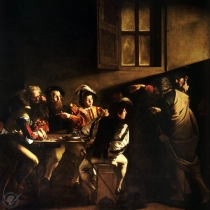
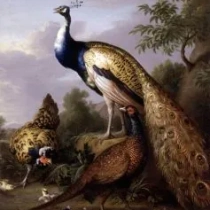

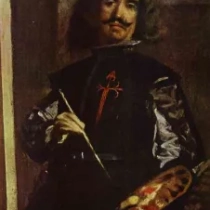
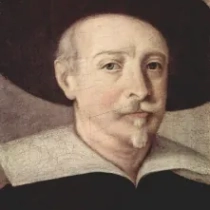
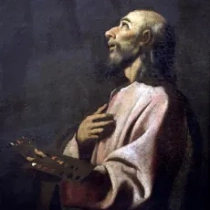






No Comments Yet...